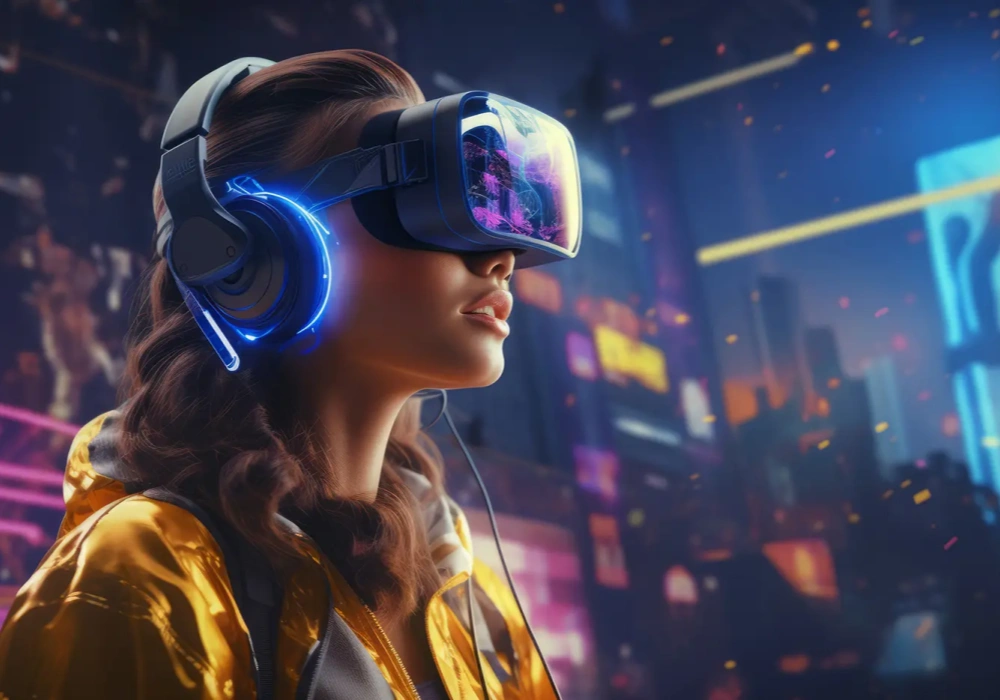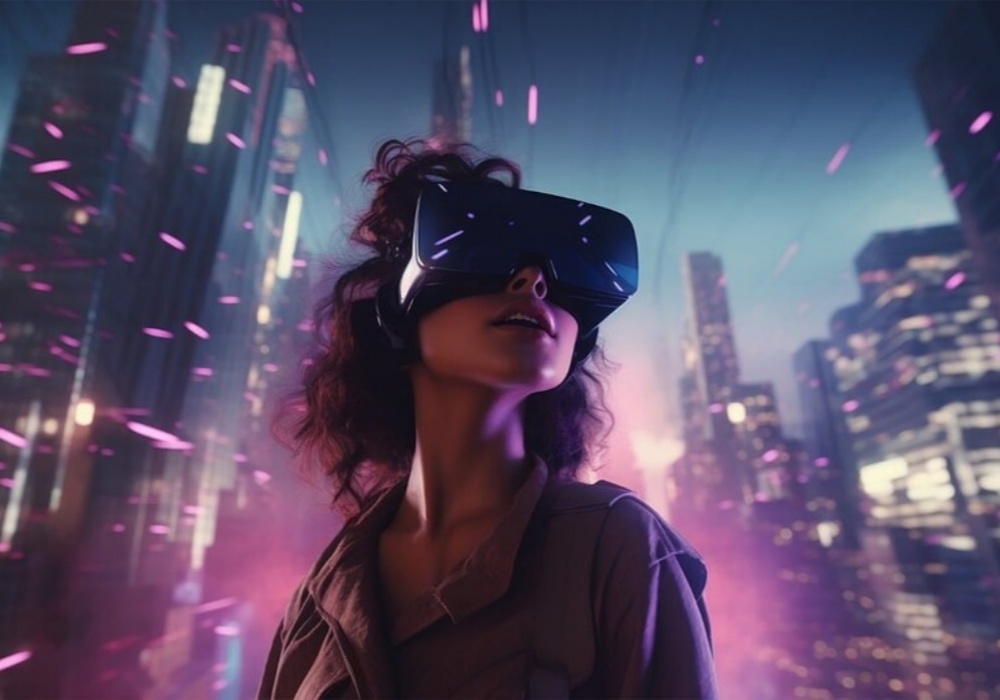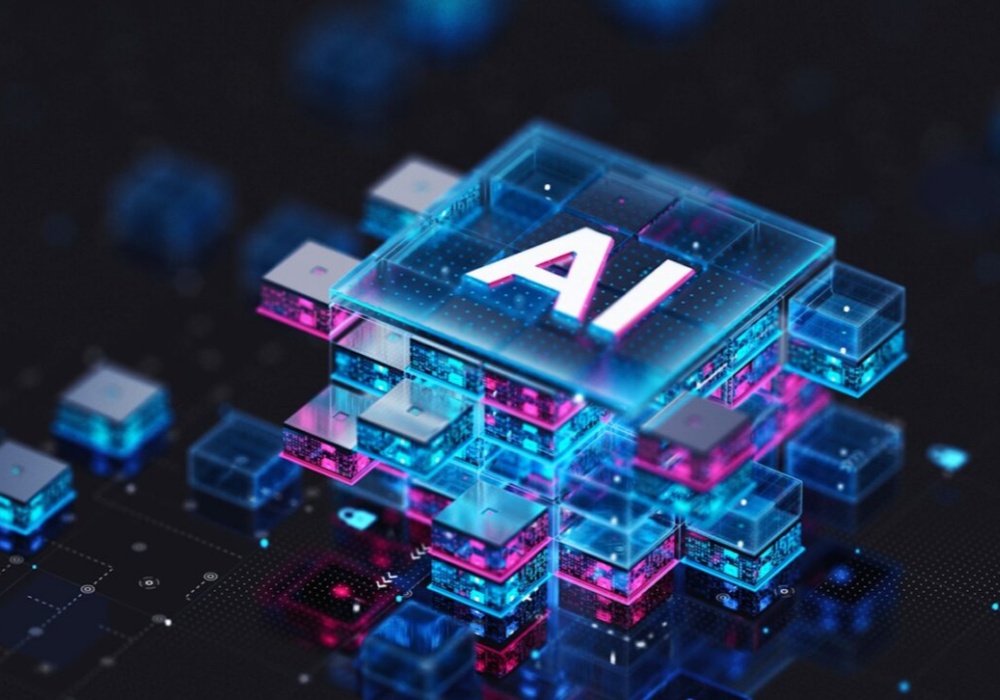AR overlays digital information onto the real world, enhancing our perception of reality. On the other hand, VR immerses users in a fully digital environment, offering a completely simulated experience. Both technologies have unique capabilities that make them valuable across different sectors.
In the realm of education, AR and VR are transforming learning experiences. They provide immersive, interactive experiences that can make complex concepts easier to understand. For example, students can take a virtual tour of the solar system or visualize historical events in 3D, enhancing their understanding and retention of the material.
In the healthcare sector, AR and VR are proving to be game-changers. Surgeons are using AR to overlay patient scans during operations, providing critical information without looking away. VR, on the other hand, is being used for patient rehabilitation and therapy, providing immersive environments that can help patients recover motor skills or cope with anxiety and pain.

In the field of retail, AR and VR are reshaping the shopping experience. AR allows customers to virtually try on clothes or see how furniture would look in their homes before buying. VR, meanwhile, offers virtual stores where customers can browse and shop as if they were physically there.
In the realm of real estate, AR and VR are revolutionizing property tours. Potential buyers or renters can explore properties in detail from the comfort of their homes, saving time and resources.
In the field of entertainment, AR and VR are creating new forms of media and gaming. They offer immersive experiences that transport users into different worlds, providing a level of engagement that traditional media cannot match.
In the field of manufacturing, AR and VR are enhancing design and production processes. They allow for virtual prototyping and training, reducing costs and improving safety.
AR and VR are revolutionizing industries by transforming education, healthcare, retail, real estate, entertainment, and manufacturing. As these technologies continue to evolve and become more accessible, their impact on various sectors will only continue to grow.




